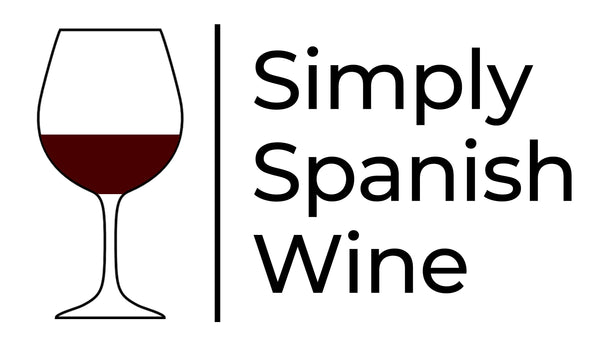The clocks have gone back and autumn is upon us. Across Spain, the grape harvest is over for another year and attention now turns to what goes on inside the winery.
With the grapes inside the fermentation tank, it’s time for alcoholic fermentation to begin – the chemical process by which the mosto, or unfermented grape juice, is converted into wine. Fermentation is the key part of the process because without it, without the interaction between the sugars that occur naturally in the grapes and yeast, we’d just be talking about non-alcoholic grape juice.
Making wine is made up of continuous decisions in the vineyard and the winery, and the final product is the sum of the decisions the winemaker has taken along the way. One of the decisions at the fermentation stage is which sort of vessel to use. Winemakers traditionally choose between inox, those tall, shiny stainless-steel tanks you’ve probably seen in photos of wineries from across the world, wooden tanks and vats of various shapes and sizes, or even beautifully smooth concrete eggs that look like they might have just landed from outer space!
Fermenting in Inox

Inox tanks come in a range of different sizes and most wineries except the very smallest will have at least one or two. But you’ll find them especially in larger wineries where the winemaker is overseeing the production of tens or even hundreds of thousands of bottles and is looking to ensure consistency.
Smooth inside and easy to clean, controlling the temperature with inox is relatively easy using refrigerated ¨jackets¨ or warming coils round the outside of the tanks.
It’s also relatively easy to exclude any oxygen by filling the top of the tank with inert gas. This is important so that the winemaker can control any oxidation; excessive oxidation can cause wine to change colour, lose some of its primary fruit characteristics and, if left uncontrolled, ultimately turn into vinegar.
Fermenting in Wood

Another option you’ll see in more artisanal wineries is wood. For centuries before stainless steel came along, wood was the only option for fermenting, storing or transporting wine. Nowadays, wood is used at the fermentation stage primarily for white wines – on Spanish wine labels, look out for the words fermentada en barrica – but some more adventurous winemakers are using wooden containers of various shapes and sizes to ferment their red wines. The influence of wood on the flavour profile of the wine can vary depending on things like the origin of the wood – American or French are the most common – and the degree of ¨toasting¨ the wood has undergone. Toasting the inside of a barrel creates a barrier between the wine and the tannins in the wood of the barrel. The lighter the toasting, the more oaky the wine is likely to taste, while a more heavily toasted barrel will impart a more toasted or spicy flavor to the wine.
The size of the barrel is important too. In a smaller barrel, a higher percentage of the wine will be in contact with the wood, hence there’s a higher chance the flavour components in the wood will transmit to the wine, whilst a larger wooden containers, such as a foudre which can hold anything up to 30,000 litres of wine for example (see picture) the wood influence will be more delicate and subtle.
Fermenting in Concrete

Finally, let’s talk about concrete eggs. Concrete was a popular material for fermenting, storing and ageing wine from the nineteenth century until it was superseded by inox in the 1970s. It was, and still is, appreciated for its thermal inertia – ie the slow rate at which it responds to temperature change – durability and cost. You’ll still find lots of concrete tanks in Spanish wineries, often lined with a red epoxy resin to make them easier to clean.
Since the early 2000s concrete eggs have been gaining in popularity, especially among smaller-scale, boutique producers. Eggs are popular because they ensure a higher degree of contact between the wine and the lees, or dead yeasts in the wine following fermentation, which help give extra body and complexity to the wine. In addition, the egg shape helps encourage convection currents, in other words it helps the wine rotate inside the egg and reduce the need for lees stirring (sometimes referred to as batonnage from the French).
Further Reading
We’ll be talking more about fermentation in other videos, but in the meantime if you want to find out more about how different materials are used in other stages of the winemaking process check out our article and video on ageing wine.

